Affiliate links on Android Authority may earn us a commission. Learn more.
Samsung Galaxy S20 series vs the competition: Which one is better on paper?
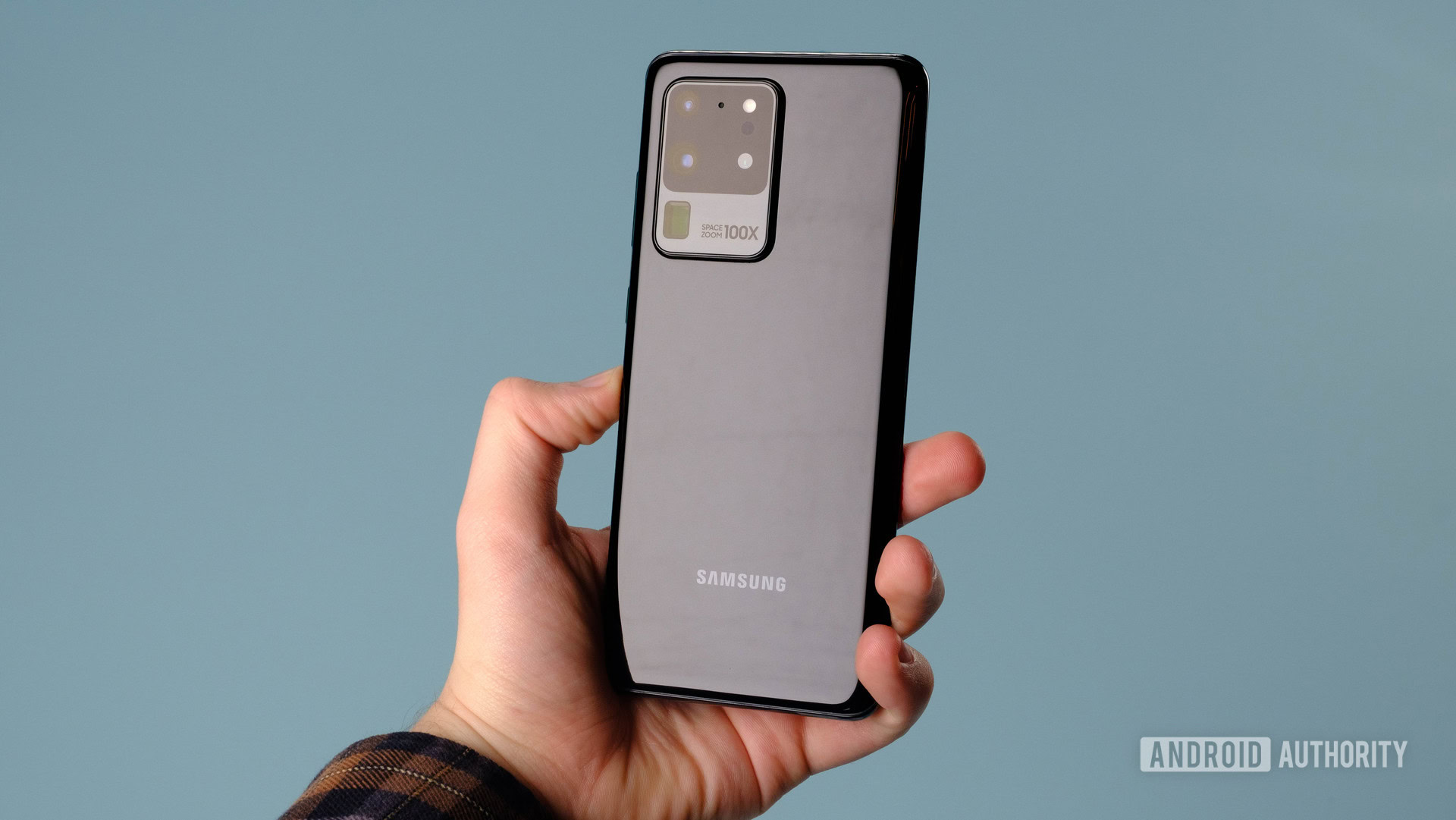
The Samsung Galaxy S20 series is finally official after months of leaks, and we’ve got three devices to choose from this year. Either way, you’re getting a similar core experience, featuring flagship power, 5G connectivity, and impressive camera credentials.
Read: Samsung Galaxy S20 Buyers Guide – Everything You Need to Know
So how does Samsung’s latest and greatest high-end flagship family hold up to the competition? We compare Samsung’s specs to the Android and iPhone competition. In this particular comparison, we’re looking at the Google Pixel 4 XL, OnePlus 7T Pro, HUAWEI Mate 30 Pro, and iPhone 11 Pro and Pro Max.
Power and storage
| Processor | Storage | RAM | Display | |
|---|---|---|---|---|
Samsung Galaxy S20 | Processor Qualcomm Snapdragon 865 or Samsung Exynos 990 | Storage 128GB Expandable via microSD | RAM 12GB | Display 6.2-inch Dynamic AMOLED 3,200 x 1,440 20:9 ratio 120Hz |
Samsung Galaxy S20 Plus | Processor Qualcomm Snapdragon 865 or Samsung Exynos 990 | Storage 128GB/512GB Expandable via microSD | RAM 12GB | Display 6.7-inch Dynamic AMOLED 3,200 x 1,440 20:9 ratio 120Hz |
Samsung Galaxy S20 Ultra | Processor Qualcomm Snapdragon 865 or Samsung Exynos 990 | Storage 128GB/512GB Expandable via microSD | RAM 12GB or 16GB | Display 6.9-inch Dynamic AMOLED 3,200 x 1,440 20:9 ratio 120Hz |
Google Pixel 4 XL | Processor Qualcomm Snapdragon 855 | Storage 64GB/128GB Non-expandable | RAM 6GB | Display 6.3-inch pOLED Smooth Display 3,040 x 1,440 19:9 ratio 90Hz |
OnePlus 7T Pro | Processor Qualcomm Snapdragon 855 Plus | Storage 256GB Non-expandable | RAM 8GB or 12GB | Display 6.67-inch AMOLED 3,120 x 1,440 19.5:9 ratio 90Hz |
HUAWEI Mate 30 Pro | Processor HiSilicon Kirin 990 | Storage 128GB/256GB Expandable via NM card | RAM 8GB | Display 6.53-inch curved OLED 2,400 x 1,176 18.5:9 ratio |
Apple iPhone 11 Pro | Processor Apple A13 Bionic | Storage 64GB/256GB/512GB Non-expandable | RAM 4GB | Display 5.8-inch OLED 2,436 x 1,125 19.5:9 ratio 60Hz |
Apple iPhone 11 Pro Max | Processor Apple A13 Bionic | Storage 64GB/256GB/512GB Non-expandable | RAM 4GB | Display 5.8-inch OLED 2,688 x 1,242 19.5:9 ratio 60Hz |
Let’s get one thing out of the way here. The Galaxy S20 devices are the only phones on this list with the Snapdragon 865 processor (or the new Exynos 990). All of the other Qualcomm-powered Android phones on the list use the last generation Snapdragon 855 or 855 Plus SoC instead.
The chipset difference immediately puts the Samsung phones at a clear advantage. Needless to say, the Snapdragon 865 phones should be able to smoke the older Qualcomm-powered devices.
Huawei’s Kirin 990 debuted in the Mate 30 Pro and while it sparred with the Snapdragon 855 and 855 Plus in terms of CPU and GPU performance, we can definitely expect the Snapdragon 865 to streak ahead.
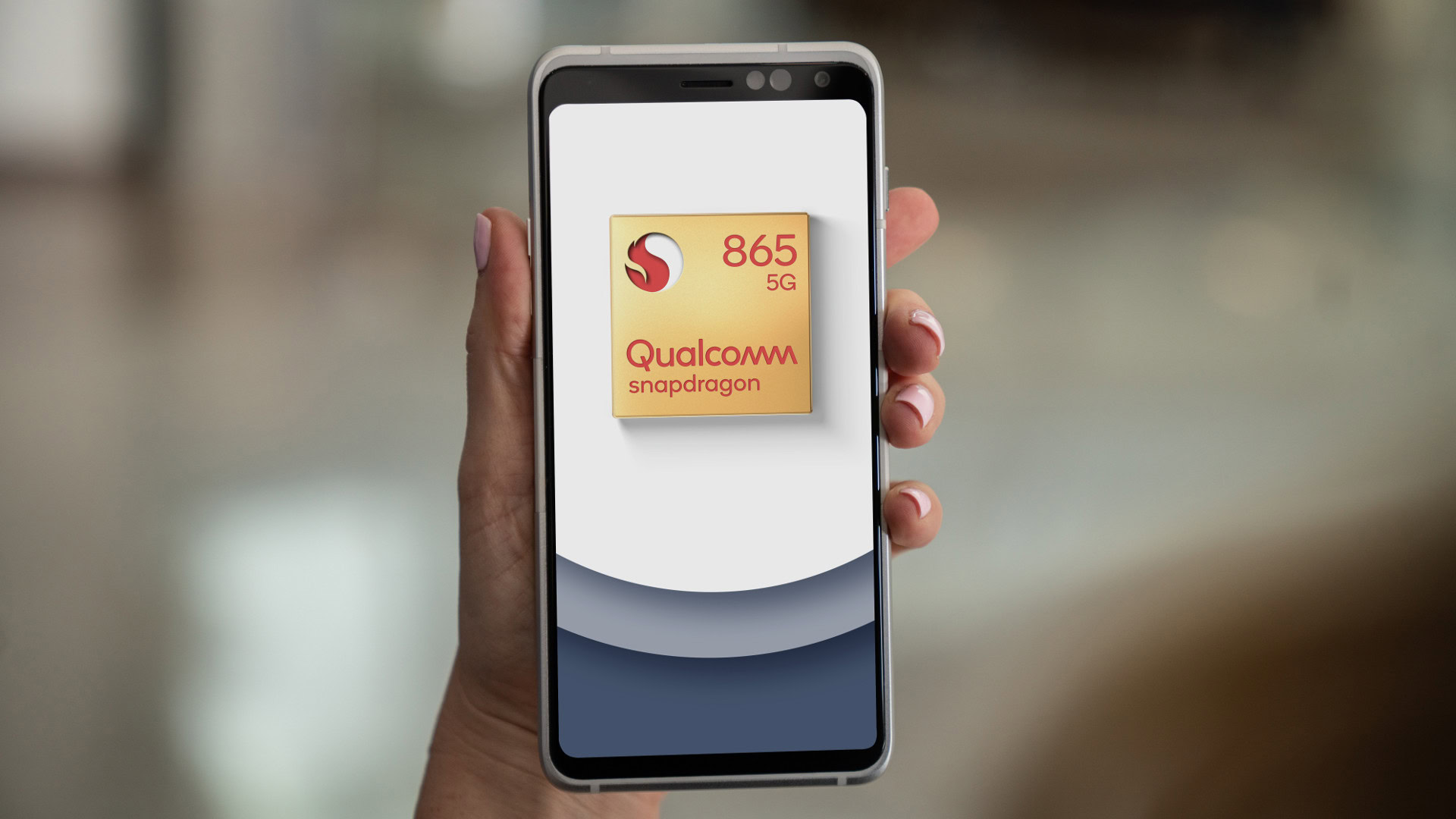
Apple’s A13 chipset is also a beast in its own right, as Cupertino has become adept at the silicon game over the years. But our own Gary Sims put a Snapdragon 865 reference design to the test and found the Qualcomm chipset beat the iPhone 11 processor in several benchmarks.
We’ll need to wait for an actual Snapdragon 865 phone to verify this, but benchmarks don’t mean much for real-world performance. Nevertheless, it does suggest that the Snapdragon processor is a top-notch processor regardless of OS.
As for storage, Google and Apple both offer a meager 64GB of non-expandable storage as the base models (although other variants are available too). The rest of the phones on the list offer at least 128GB of space, with the S20 series and Mate 30 Pro offering expandable storage too (albeit with proprietary NM cards in the case of HUAWEI).
Display
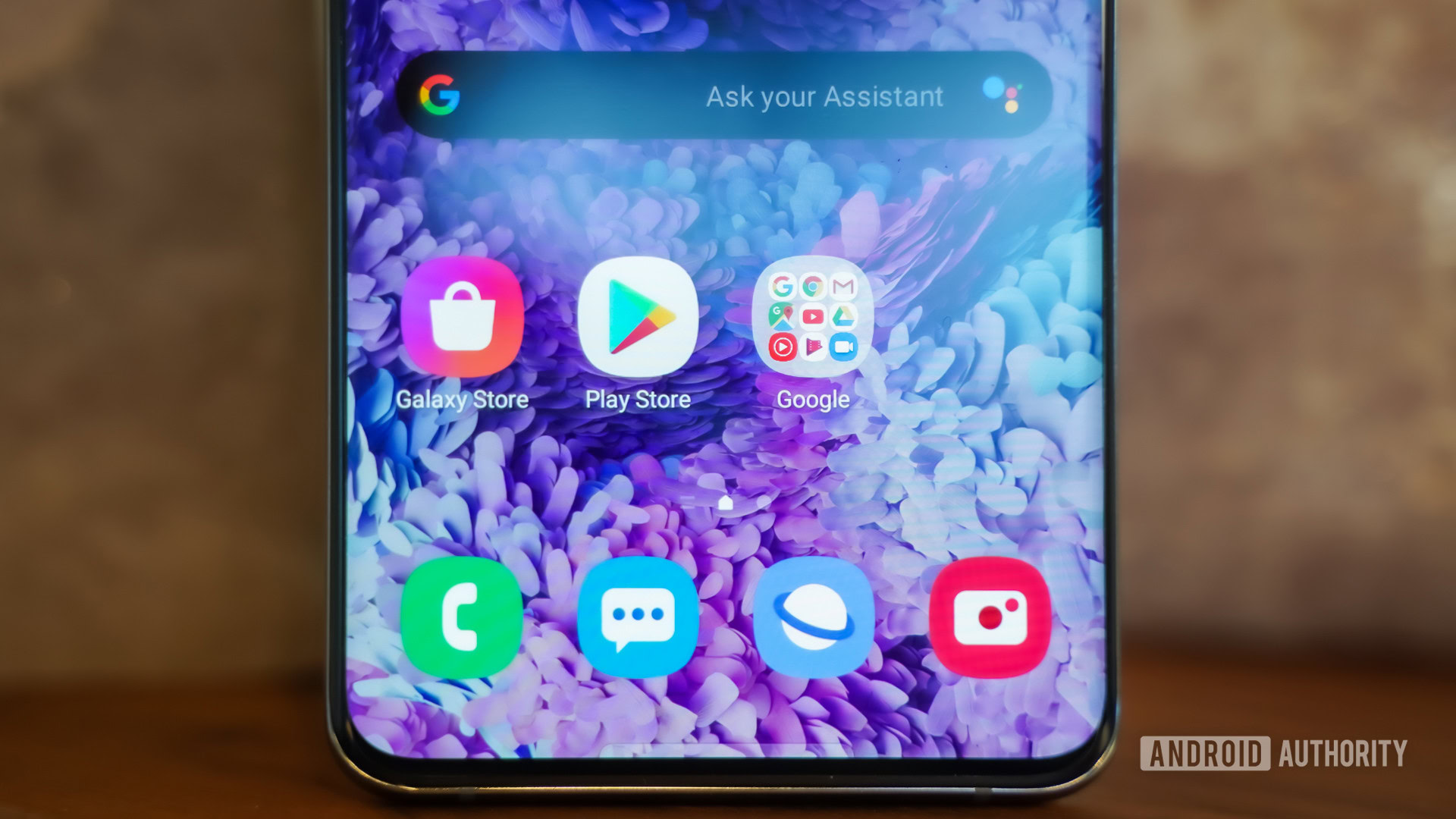
All the phones in this spec comparison offer OLED panels, with a minimum resolution of FHD+. Samsung, OnePlus, and Google lead the pack when it comes to resolution though, offering QHD+ resolutions. HUAWEI’s Mate 30 Pro also tips over the FHD+ resolution with a 2,400 x 1,176 panel (6.53-inches), but it’s not quite as sharp compared to Samsung and Google.
Apple’s iPhones are more in line with HUAWEI than the leading devices in terms of resolution, delivering 2,436 x 1,125 and 2,688 x 1,242 panels for the 11 Pro and Max model respectively.
Samsung also leads the pack when it comes to refresh rate, offering a 120Hz rate when set to FHD+ resolution. Meanwhile, the Google Pixel 4 XL offers a 90Hz refresh rate — still higher than the Apple and HUAWEI devices. Need a full-screen display? Then the OnePlus 7T Pro is the only candidate on the list thanks to its pop-up selfie camera.
The iPhone 11 Pro has the smallest screen on the list though, coming in at 5.8-inches. So this is a solid pick if you don’t have Yeti paws for hands.
Otherwise, Samsung, OnePlus and HUAWEI all offer in-display fingerprint sensors, while HUAWEI packs 3D face unlock as a second authentication option. The Apple and Google devices rely solely on 3D face unlock instead, and this has unfortunate consequences for the Pixel 4 XL, as many developers haven’t built support for the biometric option into their apps.
Cameras

If you think more is better, then the Pixel 4 XL certainly isn’t for you. It has the fewest rear cameras of any flagship on this list, offering a 12MP main camera and a 16MP 2x telephoto camera (with hybrid zoom beyond that). Nevertheless, it’s the only phone on the list with an astrophotography mode for taking shots of the stars — if you care for that sort of thing.
The Galaxy S20, OnePlus 7T Pro and the iPhone 11 Pro/Pro Max offer triple camera setups instead, going for a familiar normal/wide/telephoto arrangement. This represents a very flexible layout, giving you a camera for almost every situation.
| Rear cameras | Front cameras | Battery | |
|---|---|---|---|
Samsung Galaxy S20 | Rear cameras 12MP wide-angle, f/1.8 64MP telephoto, f/2.0 12MP ultra-wide, f/2.2 8K recording | Front cameras 10MP f/2.2 | Battery 4,000mAh 25W wired charging 15W wireless charging |
Samsung Galaxy S20 Plus | Rear cameras 12MP wide-angle, f/1.8 64MP telephoto, f/2.0 12MP ultra-wide, f/2.2 3D ToF sensor 8K recording | Front cameras 10MP f/2.2 | Battery 4,500mAh 25W wired charging 15W wireless charging |
Samsung Galaxy S20 Ultra | Rear cameras 108MP wide-angle, f/1.8 48MP telephoto, f/3.5 12MP ultra-wide, f/2.2 3D ToF sensor 8K recording | Front cameras 40MP f/2.2 | Battery 5,000mAh 45W wired charging 15W wireless charging |
Google Pixel 4 XL | Rear cameras 12.2MP, f/1.7 16MP telephoto, f/2.4 4K/30fps recording | Front cameras 8MP f/2.0 3D ToF | Battery 3,700mAh 18W wired charging 11W wireless charging |
OnePlus 7T Pro | Rear cameras 48MP wide-angle, f/1.6 16MP ultra-wide, f/2.2 8MP telephoto, f/2.4 4K/60fps recording | Front cameras 16MP f/2.0 | Battery 4,085mAh 30W wired charging |
HUAWEI Mate 30 Pro | Rear cameras 40MP wide-angle, f/1.6 40MP ultra-wide, f/1.6 8MP telephoto, f/2.4 3D ToF sensor 4K/60fps recording | Front cameras 32MP f/2.0 3D ToF sensor | Battery 4,500mAh 40W wired charging 27W wireless charging |
Apple iPhone 11 Pro | Rear cameras 12MP wide f/1.8 12MP ultra-wide f/2.0 12MP telephoto f/2.4 4K/60fps recording | Front cameras 12MP f/2.2 3D sensor | Battery 3,046mAh 18W wired charging 7.5W wireless charging |
Apple iPhone 11 Pro Max | Rear cameras 12MP wide f/1.8 12MP ultra-wide f/2.0 12MP telephoto f/2.4 4K/60fps recording | Front cameras 12MP f/2.2 3D sensor | Battery 3,969mAh 18W wired charging 7.5W wireless charging |
The Mate 30 Pro and Samsung’s remaining S20 phones up the ante with four rear cameras, although the fourth camera on each phone is simply a 3D ToF camera. HUAWEI’s primary 40MP camera uses an RYYB sensor for better low-light capabilities, and it was at the front of the pack in absolute darkness at the time of its release. Its ultra-wide 40MP camera might be the best ultra-wide shooter in terms of low-light too, so keep that in mind if you value wide-angle snaps.
Samsung’s Galaxy S20 Ultra has the most impressive camera setup on the list though, featuring a 108MP primary camera capable of 9-in-1 pixel binning. We await to see daytime and low-light snaps, but it has all the makings of a class-leading camera. Otherwise, it also packs a 48MP zoom camera capable of 10x hybrid zoom (compared to the S20 and S20 Plus’s 3x hybrid zoom). A 12MP ultra-wide camera rounds out the S20 series’ capabilities.
In terms of video recording, the Galaxy S20 series has the best specs on paper. It offers 8K, 4K/60fps, and 960fps super slow mo recording (although the S20 Ultra uses software enhancement). The Pixel 4 XL is the only phone on the list that can’t do 4K/60fps, topping out at 4K/30fps recording instead. It’s also worth noting that Apple’s iPhones are generally considered to be the best smartphones for video recording, but we’ll need to compare it to the S20 series to make a better judgement.
Battery
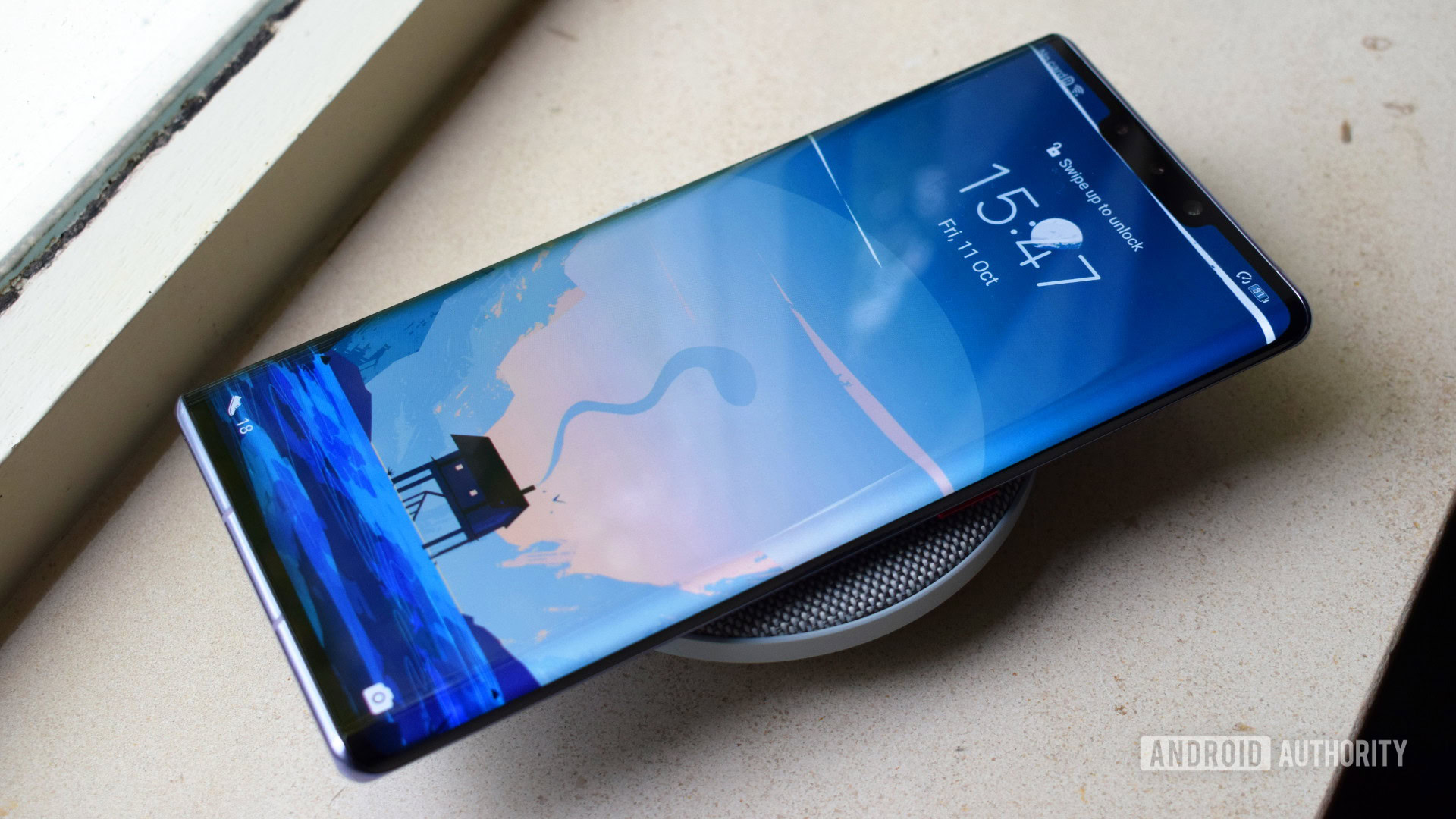
The iPhone 11 Pro has the smallest battery on the list (3,046mAh), but Apple’s ability to customize both hardware and software means pure capacity doesn’t tell the whole story. Meanwhile, the iPhone 11 Pro Max ups the ante with a 3,969mAh battery.
Switching to Android, the biggest loser is the Google Pixel 4 XL owing to its 3,700mAh battery. This is smaller than the standard S20’s 4,000mAh battery, and pales in comparison to the S20 Plus and Ultra’s 4,500mAh and 5,000mAh batteries respectively.
The OnePlus 7T Pro hovers around the Galaxy S20’s capacity with its 4,085mAh battery, while the HUAWEI Mate 30 Pro offers a sizeable 4,500mAh pack.
In other words, the S20 Plus, S20 Ultra, and HUAWEI Mate 30 Pro are top of the list if you value endurance (at least on paper).
Need a fast-charging phone? Then the S20 Ultra offers 45W charging speeds (45W charger sold separately), while the rest of the Samsung phones deliver 25W speeds. The Mate 30 Pro is very speedy nonetheless owing to its 40W charging, while the OnePlus 7T Pro yields 30W speeds. Unfortunately the Apple iPhone 11 series and the Pixel 4 XL are at the bottom of the list with 18W charging speeds.
Like the idea of wireless charging? Well, all of these phones bar the OnePlus 7T Pro support wireless top-ups. Samsung’s phones offer 15W wireless charging, but the Mate 30 Pro is top of the list with 27W charging. Apple and Google’s phones offer 7.5W and ~10W wireless speeds respectively.
Extras?
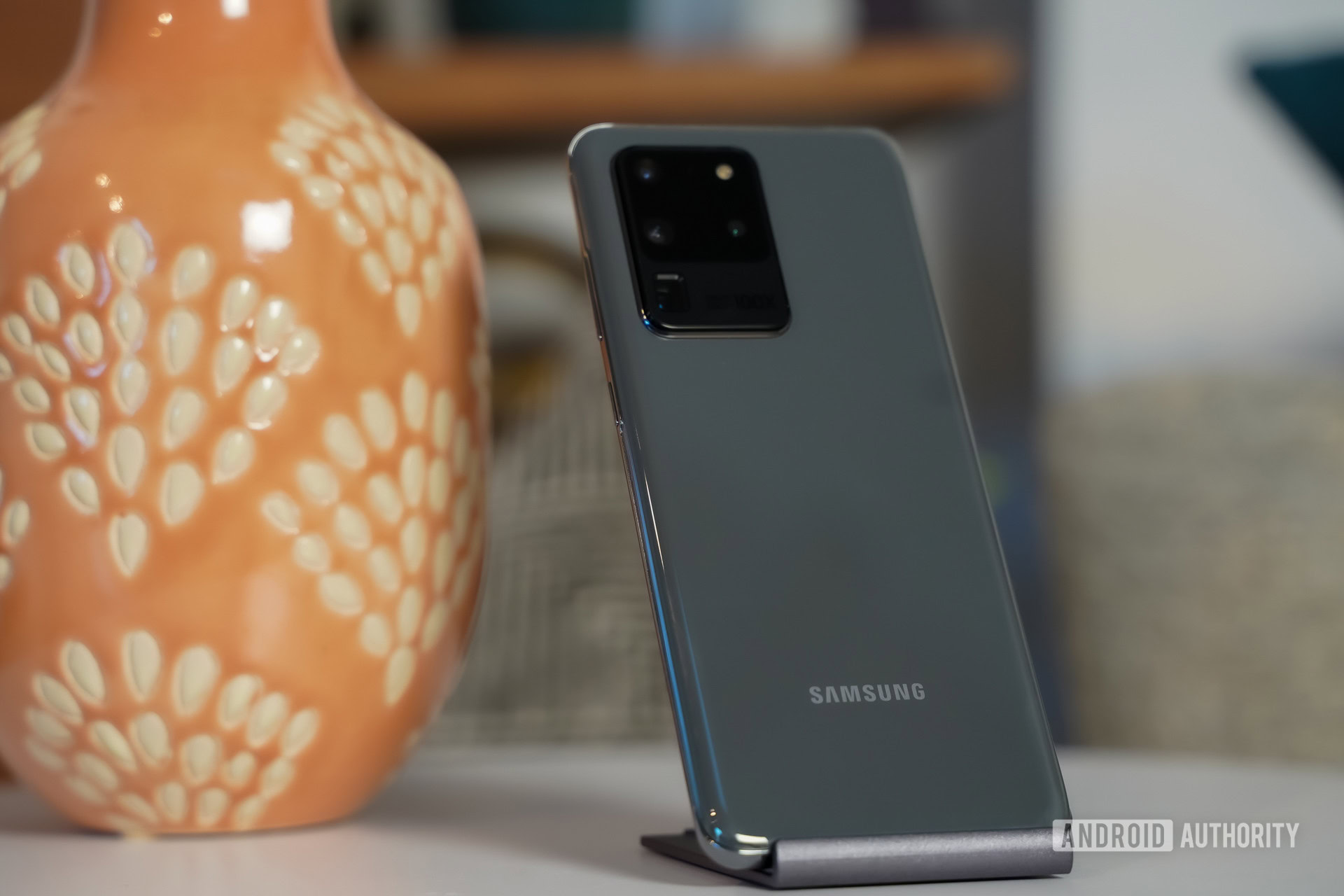
Flagship phones often pack plenty of extra features, and most of these phones indeed offer more than just great core specs. All of these devices bar the OnePlus 7T Pro offer water-resistant designs, for starters.
HUAWEI and Samsung’s phones also deliver reverse wireless charging support, allowing you to top-up other wirelessly charging devices. The Mate 30 Pro does however offer one feature none of the others have, and that’s an IR blaster. So if you need to control legacy devices like air conditioners, TVs, DVD players, and the like, then this is a handy feature. Then again, all of the other phones support Google Play Services.
Unfortunately, the one thing you won’t find on any of these phones is a headphone port. It’s a real shame, as wired still offers several benefits over wireless audio.
Did we miss any major spec differences? Let us know in the comments below!